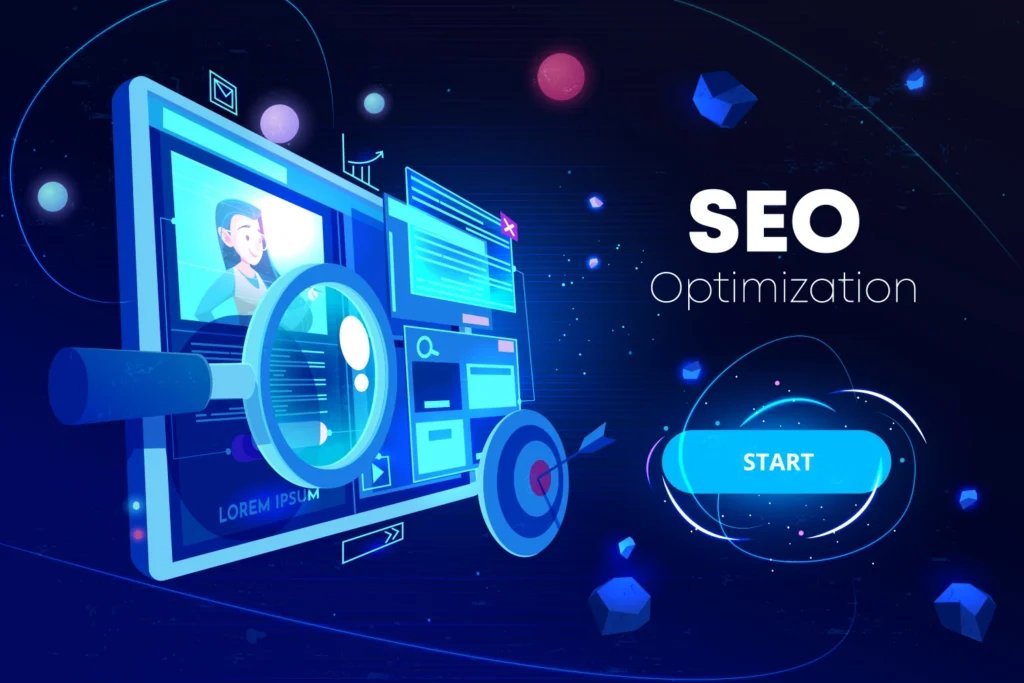Web Design & Development
Web Design & Development

Web Design and Development is the process of creating, building, and maintaining websites. It encompasses both the creative and technical aspects of building a website, from how it looks (design) to how it functions (development). Whether you’re building a personal blog, an e-commerce store, or a corporate site, the process involves several important steps and skills.
Key Aspects of Web Design and Development
1. Web Design
Web design refers to the aesthetics and layout of a website, ensuring that it is both visually appealing and user-friendly. Good design enhances the user experience (UX) and helps guide visitors to interact with your content in the desired way.
Components of Web Design:
- UI (User Interface) Design: Focuses on the layout and design of the website elements, such as buttons, navigation menus, images, text, and icons. It’s about ensuring the website looks attractive and functions well.
- UX (User Experience) Design: Focuses on how the user interacts with the website. The goal is to make the site intuitive, easy to navigate, and efficient for users to achieve their goals.
- Responsive Design: Ensures the website is mobile-friendly and looks great on all screen sizes, from desktops to tablets and smartphones.
- Wireframing: A blueprint of the website layout that shows the arrangement of elements without the detailed design. This is the first step in visualizing how a site will look and function.
- Typography & Color Scheme: Choosing the right fonts, text styles, and color palette to ensure readability and match the brand identity.
- Imagery and Icons: High-quality visuals help establish trust and communicate the website’s message effectively.
Popular Design Tools:
- Figma: A web-based design tool used for wireframing, UI design, and collaboration.
- Sketch: A vector-based design tool commonly used for UI/UX design (especially for macOS users).
- Adobe XD: An all-in-one UX/UI design tool for designing, prototyping, and sharing interactive experiences.
- Canva: A beginner-friendly tool for creating basic website graphics and visuals.
2. Web Development
Web development refers to the technical side of building and coding a website. This is where the design is transformed into a functional website that users can interact with. Development can be broken into two main categories: front-end (what users see) and back-end (server-side, functionality).
Front-End Development (Client-Side)
Front-end development focuses on everything that users experience on a website—essentially, it’s what they see and interact with in their browser.
- HTML (HyperText Markup Language): The backbone of a webpage. It structures the content (text, images, links, etc.) on a site.
- CSS (Cascading Style Sheets): Controls the visual appearance (layout, fonts, colors) of the HTML elements.
- JavaScript: Adds interactivity to the website. It can be used for tasks like form validation, animations, or dynamic content updates without reloading the page.
- Responsive Web Design: This ensures that websites adjust automatically to different screen sizes and devices (desktop, tablet, mobile).
